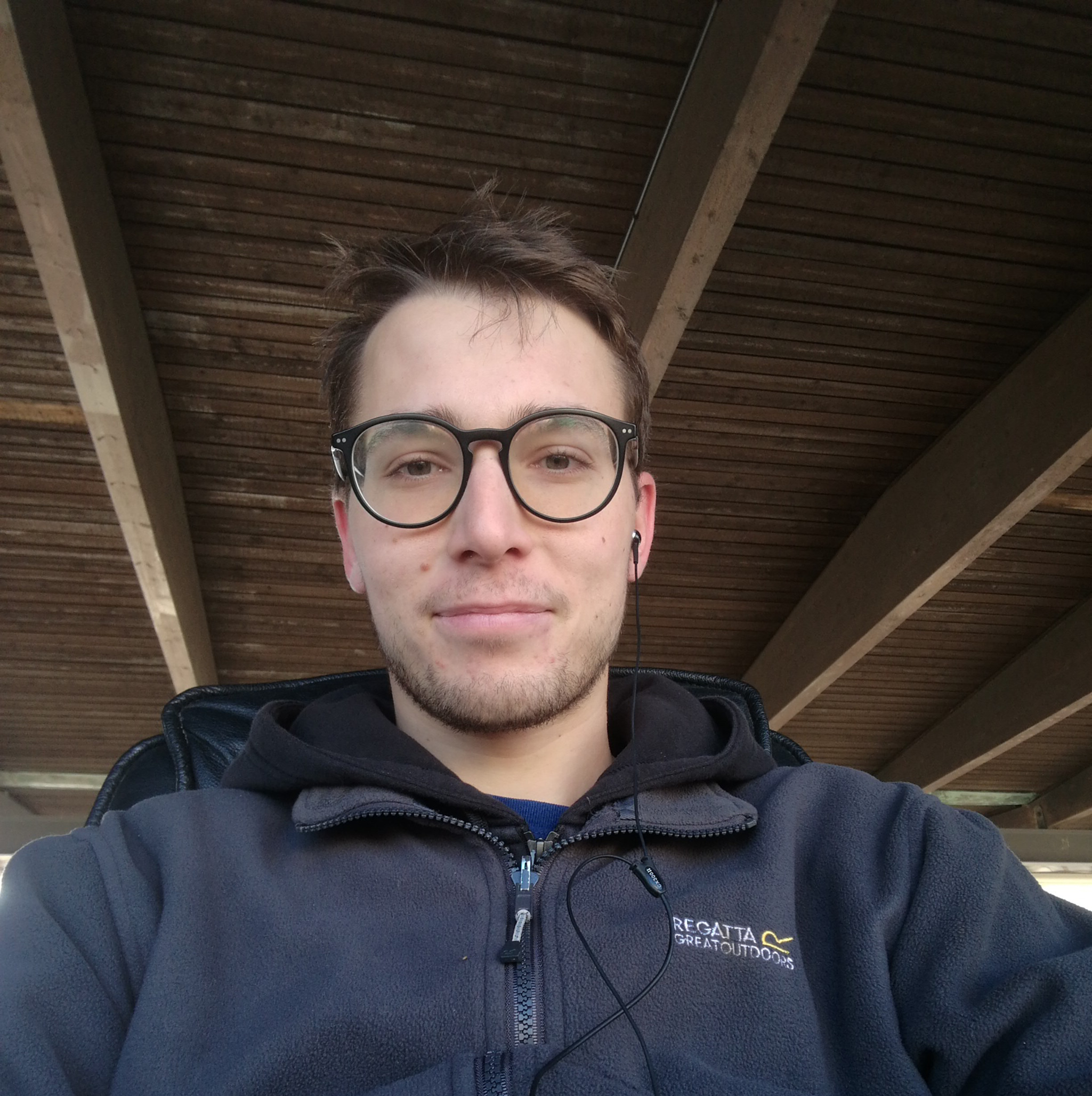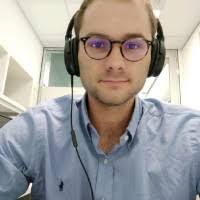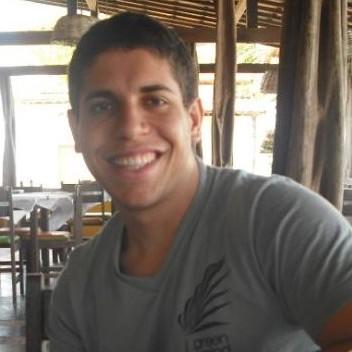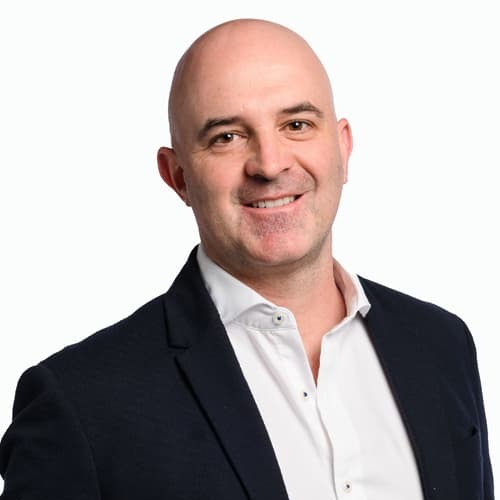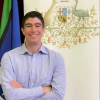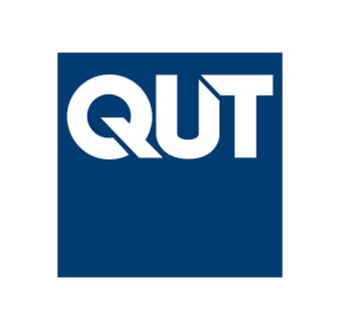Chronic wounds represent a significant health and economic burden worldwide. Effective treatments require wound clinical measurements, typically performed manually by specialized healthcare professionals.
Wound surface area is typically measured by performing planimetry of the wound bed. These procedures are not only invasive and cause patient discomfort but are also prone to errors due to ambiguous definitions of metrics and variations in professionals’ skill levels.
Most existing automatic commercial approaches compute wound measurements solely from 2D images, which are perspective-dependent.
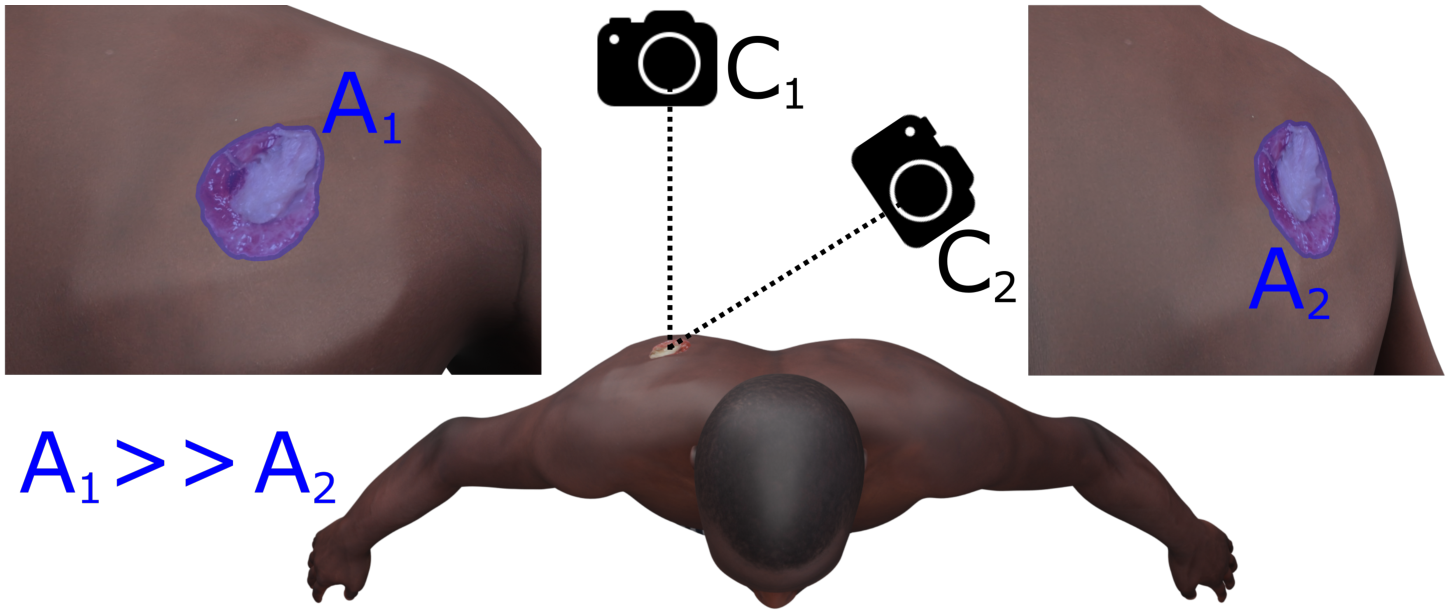
3D analysis of wounds allows for the computation of richer wound biomarkers. However, studies in this direction only considered previous generation 3D reconstruction frameworks, which have recently been surpassed by highly optimized photogrammetric toolboxes and recent neural rendering alternatives, we are talking about NeRF and Gaussian Splatting!
We introduce a new dataset SALVE, designed to capture common challenges encountered in clinical settings. It is composed of 3 silicon phantoms provided by TraumaSIM representing common wound types. We captured videos using 2 devices with different image quality and resolution. To capture 3D ground-truth pointclouds we used the Revopoint POP 3D scanner.
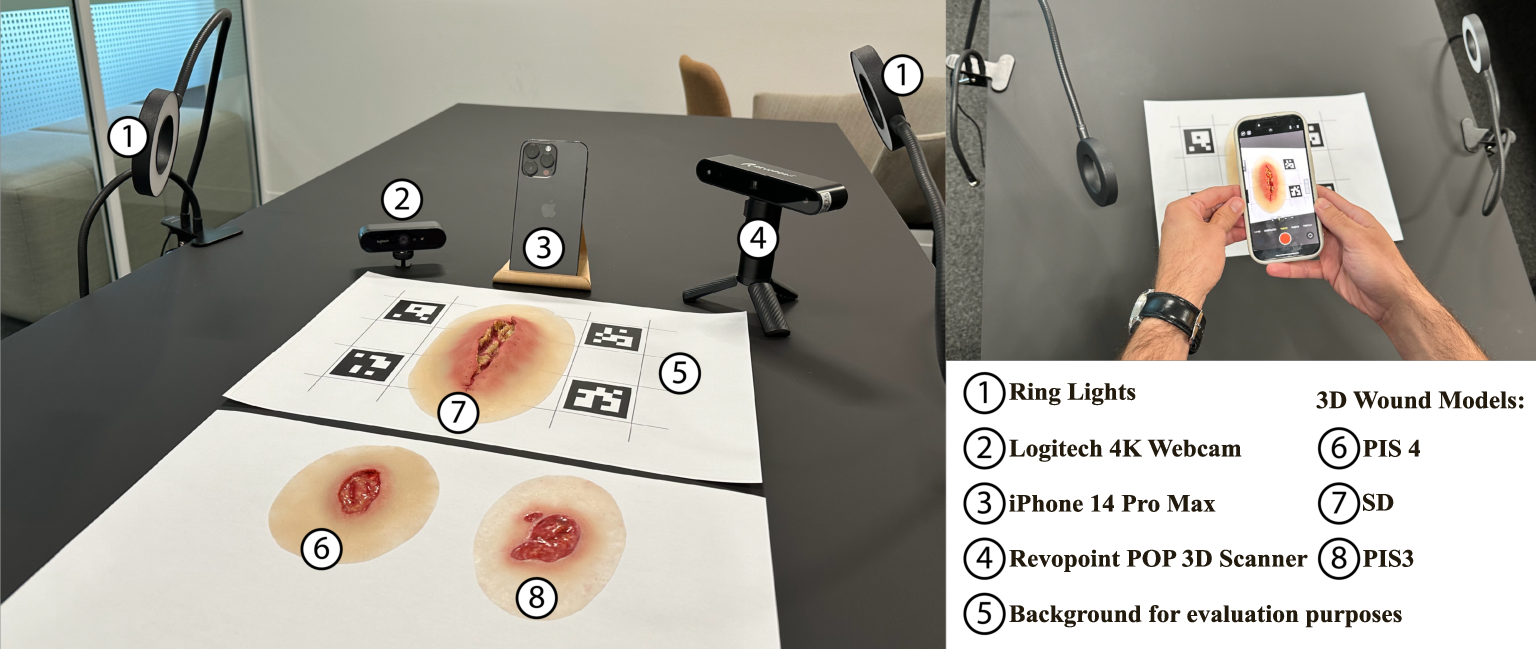
Evaluation
We evaluate robust photogrammetry pipelines such as COLMAP and Meshroom and modern neural rendering approaches for 3D reconstruction such as NeRF and Gaussian Splatting.
We follow a rigorous evaluation protocol that defines metrics and procedures to assess the geometric accuracy and precision of the evaluated reconstruction algorithms.



If you find this work useful, please cite
@InProceedings{Chierchia_2025_WACV,
author = {Chierchia, Remi and Lebrat, Leo and Ahmedt-Aristizabal, David and Salvado, Olivier and Fookes, Clinton and Cruz, Rodrigo Santa},
title = {SALVE: A 3D Reconstruction Benchmark of Wounds from Consumer-Grade Videos},
booktitle = {Proceedings of the Winter Conference on Applications of Computer Vision (WACV)},
month = {February},
year = {2025},
pages = {4205-4214}
}
Acknowledgment
This work was supported by the MRFF Rapid Applied Research Translation grant (RARUR000158), CSIRO AI 4 Missions Minimising Antimicrobial Resistance Mission, and Australian Government Training Research Program (AGRTP) Scholarship.
